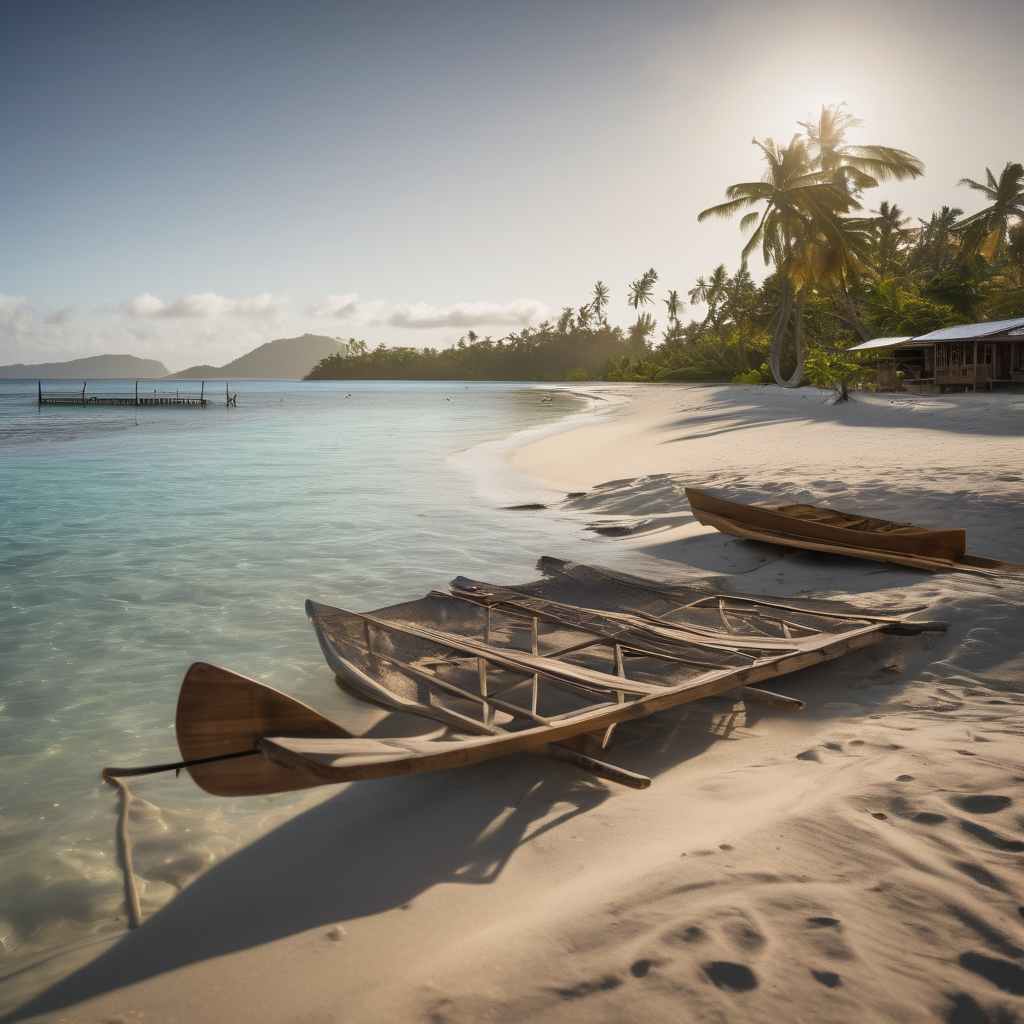While its islands may be small and low-lying, Kiribati showcased its strength at COP30 by focusing on building resilient development pathways for its outer island communities. This emphasis on resilience was evident during the side event on November 12 at the Moana Blue Pacific Pavilion, which highlighted the Kiribati Outer Island Resilience and Adaptation Project (KOIRAP). The initiative aims to ensure food and water security while developing long-term solutions to adapt to climate change.
Kiribati Vice President and Minister of Finance and Economic Development, Teuea Toatu, addressed the climate challenges his nation faces, emphasizing that Kiribati represents a microcosm of the Small Island Developing States (SIDS) on the frontlines of the climate crisis. “As a microcosm of the Small Island Developing States on the frontlines of the climate crisis, Kiribati faces challenges that are real, escalating, and profound. Our plea, alongside all SIDS, is to keep 1.5 alive, as this is the only path to secure our future,” Toatu stated.
The outer islands of Kiribati encompass a land area comparable to that of the United States, with travel between the islands often taking days by ferry. This unique isolation and their limited resources make these communities particularly vulnerable to climate change, as they contend with increasing storm surges, coastal erosion, and prolonged droughts impacting their land and livelihoods.
Toatu articulated the Kiribati government’s commitment to a resilient development pathway, ensuring no community or individual is left behind. The KOIRAP initiative is designed to address immediate needs by improving basic infrastructure and water supply, climate-resilient practices, and enhancing community fortification against climate impacts. Efforts include distributing water tanks and hand pumps to households, critical for adapting and thriving in changing conditions.
The Director of the Kiribati National Disaster Management Office, Takena Redfern, affirmed the role of communities in this resilience-building effort. “In Kiribati, communities are not just recipients; they are builders of their own resilience,” he noted.
In addition to KOIRAP, a resilient development pathway is integral within the national strategic plans and the Kiribati 20-year Vision 2016-2036, reflecting the government’s broader commitment to sustainable development amid climate-related adversities.
Kiribati’s situation is mirrored by similar efforts across the Pacific, where nations are increasingly focused on creating therapeutic solutions through international collaboration and regional initiatives that reinforce community-led resilience. This shared commitment among Pacific nations is crucial for thriving in the face of climate change, highlighting collaboration and local ingenuity as keys to survival. The proactive measures taken by Kiribati serve as an optimistic example, fostering hope for a sustainable future for its communities.
